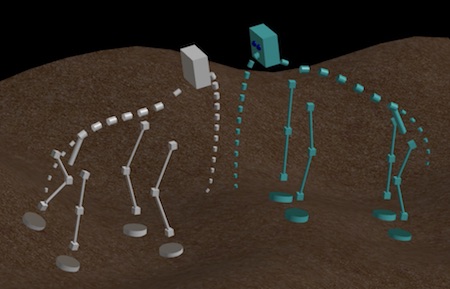One of the stranger things about existence is that everything seems normal. You are born, you grow up surrounded by fellow creatures much like yourself, you become socialized.
So a lot of things just fall under that category of “normal”, because that’s the way it is and that’s the way it has always been. As far as you can tell, that’s the way it will always continue to be.
But every once in a while you catch yourself looking at something “normal”, and find yourself thinking “wait, this is weird.” Recently I have been thinking that way about sleep.
Imagine visitors from another planet who have no concept of sleep. Unlike us, their biology does not require it.
Such beings would not need to spend roughly one third of every day in an unconscious and essentially helpless state. They might be amazed to see that we, fellow intelligent beings with whom they have just held a perfectly nice conversation, are suddenly collapsing all around.
Our visitors would never dream. They wouldn’t even have the concept of dreaming until we have described it to them.
I am trying to imagine how sleep-prone creatures like us would seem to such observers. I’m pretty sure they would find us to be intriguingly non-normal.
